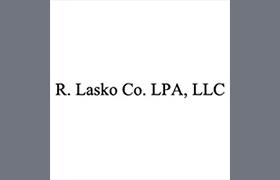Chardon Reorganization Lawyer, Ohio
Sponsored Law Firm
-
 x
x

Click For More Info:
-
R. Lasko Co. LPA, LLC
1406 W 6th St STE 200, Cleveland, OH 44113» view mapBusiness, Estate, Real Estate, Employment Competent Legal Representation
Let R. Lasko Co. LPA, LLC handle all your legal needs today!
216-574-2602
Matthew Lynn Fink
Labor Law, Family Law, Insurance, Reorganization
Status: In Good Standing Licensed: 15 Years
Nancy Anne Valentine
Litigation, Transactions, Reorganization, Credit & Debt
Status: In Good Standing Licensed: 26 Years
Shannon Marie Byrne
Transactions, Reorganization, Credit & Debt, Bankruptcy & Debt
Status: In Good Standing Licensed: 13 Years
 Ronald Lasko Cleveland, OH
Ronald Lasko Cleveland, OH AboutR. Lasko Co. LPA, LLC
AboutR. Lasko Co. LPA, LLC
